My current research investigates the synergistic roles of emission sources and weather systems in influencing the dispersion and transformation of pollutants. We employ a variety of tools, including 3D chemical transport models, machine learning techniques, and satellite remote sensing.
1: Integrating ML/DL with 3D CTMs for Enhanced Air Pollution Modeling
Integrating ML/DL with physics-based 3D CTMs can address air pollution simulation limitations in four key areas:
Spatial Pattern Estimation: ML/DL enhances CTMs by assimilating multi-source data (e.g., satellite observations, ground monitors) to estimate spatial patterns of ambient pollutant concentrations and wet deposition, compensating for coarse resolution and biases.
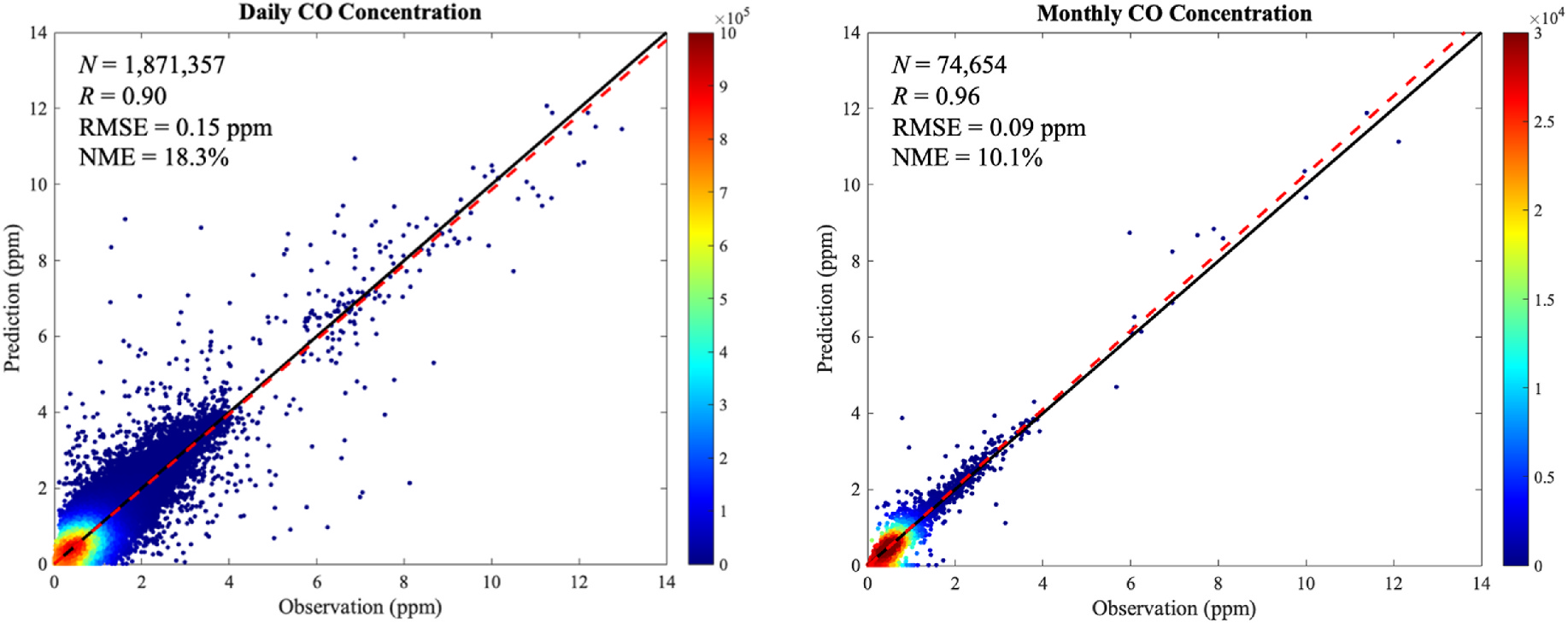
Forecast Performance Enhancement: Hybrid frameworks combine CTMs with real-time data assimilation. ML-driven systems refine predictions dynamically, overcoming CTMs' challenges with outdated inventories and parameterization uncertainties (e.g., emission inaccuracies, unphysical chemical simplifications), and bypassing computational bottlenecks of purely numerical approaches.
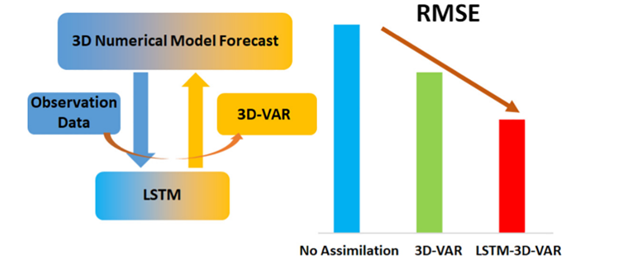
Dynamic Emission Adjustment: ML, integrated with data assimilation frameworks, constructs inverse relationships to update emission datasets in near-real-time, crucial for tracking abrupt changes (e.g., lockdowns).

PM2.5 Sensitivity Attribution: ML disentangles meteorological and anthropogenic drivers by establishing relationships between satellite-retrieved pollution data, emissions, and meteorological factors. This allows for direct understanding of how different factors (e.g., primary pollutant emissions) influence secondary pollutant concentrations, enabling projections under various climate scenarios without running 3D CTMs.
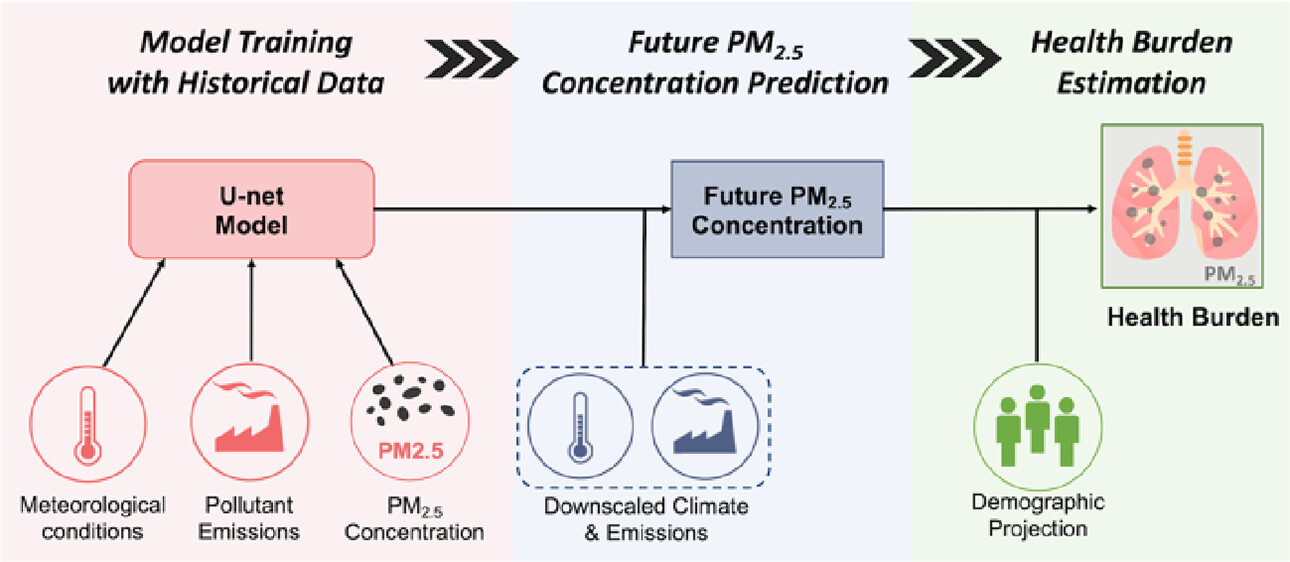
2: Source Apportionment Modules - Applications and Development
To design effective control policies for ambient pollutants, it is crucial to understand their sources. By implementing source apportionment modules in the CAMx and CMAQ models, we have analyzed the sources of PM2.5, NOx, O3, and the wet depositions of sulfate and nitrate. Beyond these applications, we have developed novel temporal source apportionment modules for PM2.5 and O3. These new tools allow us to understand how precursors emitted in previous time periods influence current levels of secondary pollutants. This innovative module provides insights into the temporal dynamics of pollutant sources, which can significantly enhance the precision of emission control strategies.
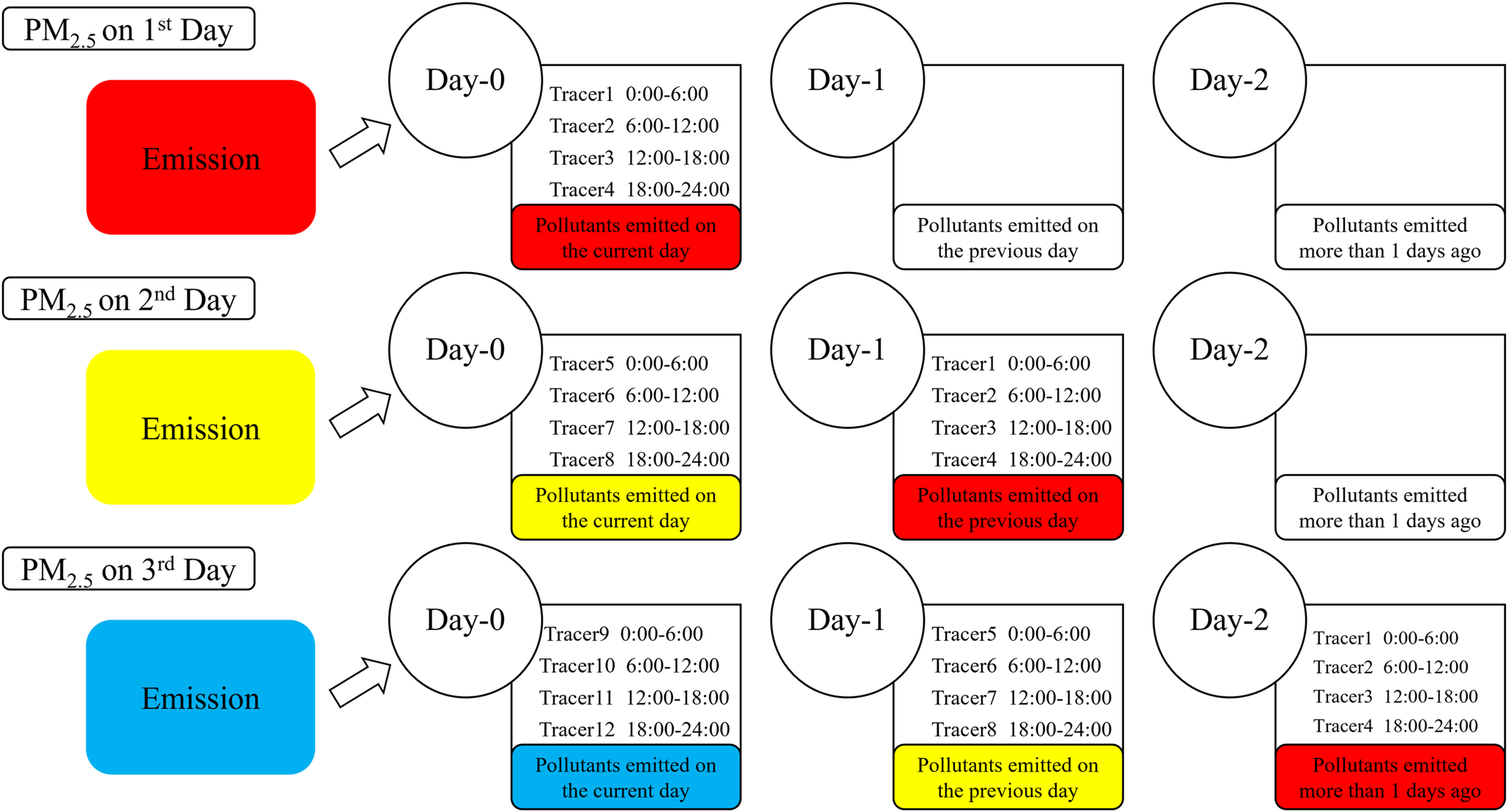
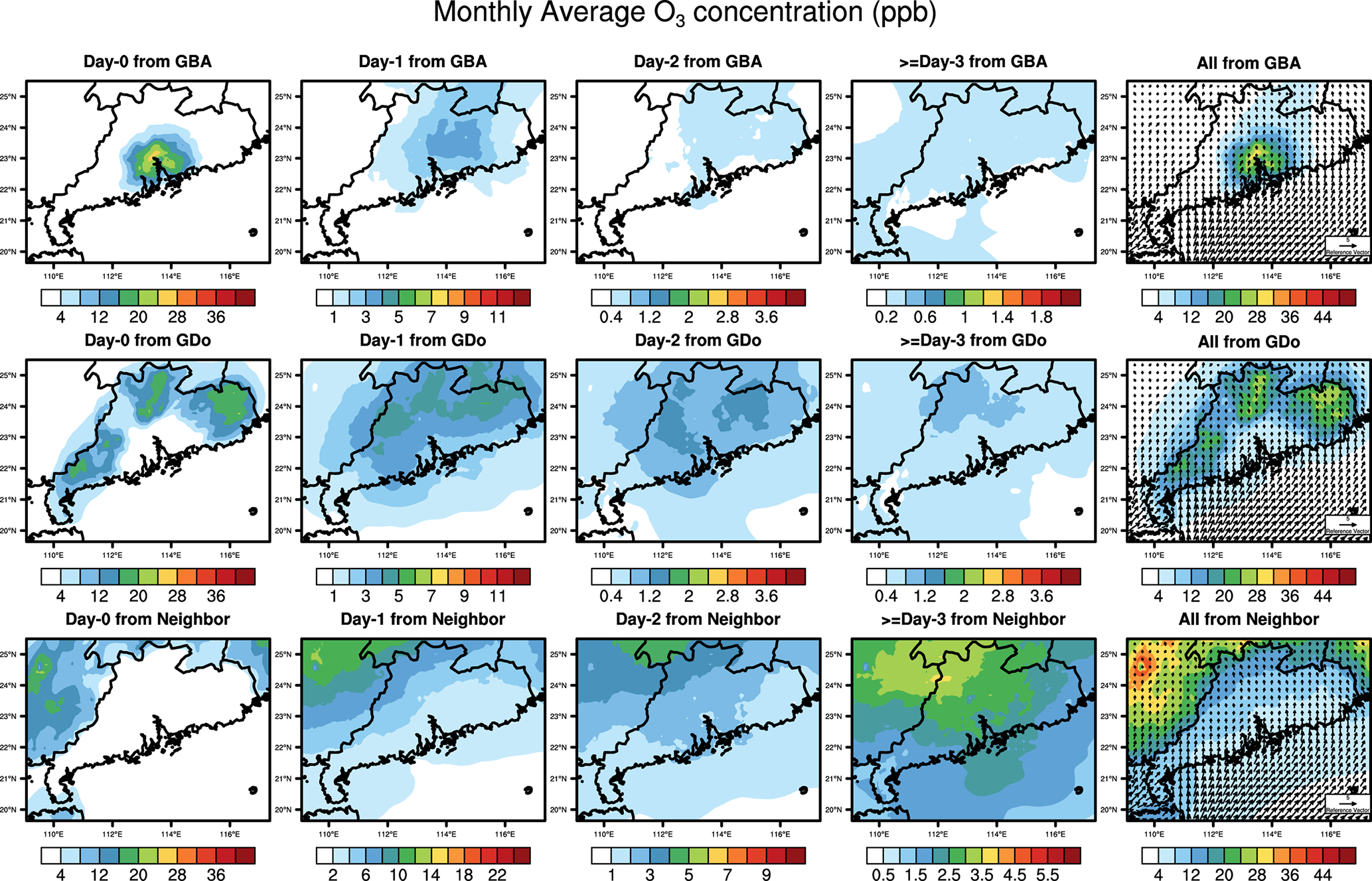
3: Investigation of Model Parameterization Schemes
While ML/DL techniques can enhance model simulation performance, it remains crucial to understand how various physical and chemical processes influence pollutant concentrations. Using observational data, we have developed parameterization methods for aerosol below-cloud washout and heterogeneous HONO formation. By incorporating these new schemes, we can more accurately simulate pollutant concentration levels and better understand their impacts on the overall atmospheric environment.

